Introduction of growing cat grass hydroponically
Catgrass, scientific name Nepeta cataria, is a perennial herb in the genus Thuja of the Lamiaceae family. It usually grows to a height of 20-40 CM and has heart-shaped leaves with serrated edges and small, lavender flowers.
Why choose to grow cat grass hydroponically and the advantages of growing it hydroponically?
Choosing to grow cat grass hydroponically is a wise decision, especially for pet lovers who live in places with limited space or lack good soil conditions. Not only does hydroponic growing save space, but it also allows for more precise control of the nutrients and water needed to grow the plants, thus accelerating their growth rate and increasing production.
In addition, hydroponic systems reduce the risk of soil-borne diseases, making cat grass healthier and easier to maintain. With hydroponic growing, you can ensure the stable growth of cat grass even in harsh weather conditions or in areas where the soil is not fertile, so your cat can enjoy fresh cat grass at all times.
Overall, growing cat grass hydroponically not only provides a healthy way to entertain your cat, but also brings a convenient and efficient growing method for gardening enthusiasts.
How to set up an indoor hydroponic growing system?
Once you understand the principles of hydroponics and hydroponic growing, you can start build your own hydroponic system.
Here's a tool list:
- Plastic container or reservoir
- Net pots
- Growing medium
- Nutrient solution
- pH testing kit
- Electrical conductivity (EC) meter
- Air pump and air stone
- Water pump
- Timer
- Grow lights
- Trellis or support system
- Thermometer and hygrometer
However, I understand that preparing all of this can be challenging for beginners, and you also need to acquire specialized knowledge. Fortunately, many new intelligent hydroponic growing systems are available, making it easier for you to start your hydroponic gardening indoor.
If you're interested, try the LetPot Max hydroponic herb garden which features innovative automatic watering and nutrient functions and integration with an app. With these features, you can effortlessly begin hydroponic cultivation, even if you're a novice gardener.
Prepare Seeds or Cuttings to growing cat grass
If you're starting from seed, choose high-quality, disease- and pest-free seeds. You can purchase cat grass seeds at a gardening shop or online.
Soak the seeds in water for a few hours to help break the dormancy of the outer layers of the seed and speed up the germination process.
If you choose to use cuttings for propagation, select a healthy, disease-free mother plant and cut a 3-5 inch long stem section from it. Dip the cut section into the rooting hormone and insert it into a hydroponic medium.
Steps to Growing Cat Grass Catgrass Hydroponically
The process of growing hydroponically from seed:
SEED PREPARATION: Select high-quality cat grass seeds and soak them in water for 24 hours to improve germination.
Germination: Place the soaked seeds on a moist hydroponic medium such as coco coir or rock wool. Keep the medium moist and place it in a warm and well-lit area. Seeds usually germinate within 5-10 days.

Note: The germ of the seed should face upwards (although seeds grow in the direction of the light) but if you want to sow densely in a sponge you have to take into account the orientation of the germ.
The hydroponic growing process from cuttings:
Preparing cuttings: cut a 3-5 inch long stem section from a healthy cat grass plant and insert the base into the hydroponic medium.
Rooting&Growth stage: make sure the medium is moist and place the cuttings in a warm and well-lit area. Cuttings usually root within 1-2 weeks.
Maturation: The plants will grow rapidly over the next few weeks. When they reach a sufficient size, you can start harvesting leaves or whole plants.
Whether you are starting from seed or cuttings, make sure you monitor the water and nutrient levels in your hydroponic system throughout the growing process, maintain the proper pH levels, and provide plenty of light to ensure that your cat grass grows healthily.
Growing Care of Cat Grass Plants
Water Management
In a hydroponic system, water management is critical. Catgrass root systems require a constant supply of water, but also a good exchange of oxygen. Using a hydroponic system with an air pump will ensure that the water is well-oxygenated and promote healthy root growth. Regularly check the operation of the water and air pumps to make sure they are functioning properly. Remote control as well as water shortage alerts can also be achieved through automated hydroponics equipment. In addition, pay attention to the color and clarity of the water culture solution. If the water culture solution is found to be cloudy or smelly, it should be replaced immediately to prevent root diseases.
Light Requirements
Catgrass needs a lot of light to maintain its healthy growing condition. When grown indoors, a specialized plant grow light is recommended to supplement this. Make sure the plant receives at least 5 hours of direct light per day. Keep an eye on the plant's growth; if you notice that the plant is growing in vain, it means that there is not enough light and you need to increase the light time or adjust the intensity of the light.
Temperature and humidity control
Catgrass prefers a warm growing environment. Maintain daytime temperatures between 65°F and 70°F, and nighttime temperatures can be lowered appropriately but should not fall below 60°F. Also, maintain the relative humidity of the air between 40% and 60%, avoiding excessive dryness or humidity to prevent the occurrence of diseases.
Fertilisation and nutrient management
Select an aqueous culture solution suitable for catgrass growth to ensure a balanced supply of nutrients. Monitor the EC and pH of the aqueous culture solution to keep it within the ideal range for cat grass growth. EC should be maintained between 1-1.6 and pH between 5.5-6.7. Change the water culture regularly to ensure that the plant is able to absorb fresh and sufficient nutrients.
Pest Control
Although hydroponic systems are relatively less susceptible to pests and diseases, it is still important to inspect the plants regularly to watch for the presence of insect pests or disease spots. There are some common pests, such as aphids, whiteflies, and spider mites, that may still find room for survival in hydroponic systems, especially if the environmental conditions around the plants are suitable for these pests. To prevent and control pests, you can take the following steps:
Regular inspections:
check your cat grass plants regularly, especially the underside of the leaves, in order to detect and treat possible infestations in a timely manner.
Keep the environment clean:
make sure your hydroponic system and surroundings are kept clean to reduce the breeding grounds for pests.

Harvesting and Storage
Harvesting and storage is an important part of growing cat grass in a hydroponic system. Catgrass plants grow quickly and you can harvest at least twice in a growing season. Catgrass grows quickly and can usually be harvested starting 4-6 weeks after planting. Use sharp scissors to cut off the top of the plant, leaving at least 2-3 inches of stem so the plant can grow again. You can then remove the individual leaves and place them on a simple screen or drying tray to dry. During the drying process, make sure to keep your cat grass harvest away from cats as they will be attracted to the leaves and may destroy them before they are ready for storage.
Once the cat grass leaves are dry, you can either store them whole or crush them and store them in an airtight jar or bag in a cool, dark cupboard. Properly stored cat grass will retain its aroma and potency, providing long-lasting enjoyment for you and your cat.
FAQs of Common Problems and Solutions:
Seed germination problems
Problem description: Cat grass seeds sometimes do not germinate well or grow slowly after germination.
Solution: Make sure the seeds are fresh and laminate them before sowing. Leave the seeds in the fridge overnight and then soak them in water for 24 hours. Use a suitable hydroponic medium and make sure the temperature and humidity are right.
Common misconception: It is believed that seeds can be sown directly without any pre-treatment.
Insufficient light
Problem description: Catgrass needs plenty of light to maintain healthy growth.
Solution: When planting indoors, use a grow light to supplement the light and make sure the plant receives at least 5 hours of direct light per day.
Common Misconception: Catgrass has high light needs, make sure you use plant grow lights to supplement light when growing indoors or place the plant on a sunny windowsill. It is thought that cat grass can grow in a shady environment.
Selection of hydroponic system
Problem description: Choosing an inappropriate hydroponic system may affect the growth of cat grass.
Solution: Choose the right hydroponic system according to your space and resources. For beginners, a simple deep water culture or drip irrigation system may be a good start.
Common Misconception: Thinking that all hydroponic systems are suitable for cat grass.
Aquaponic solution management
Description of the problem: The nutrient concentration and pH of the aqueous culture solution need to be properly controlled.
Solution: Use a conductivity meter and pH meter to regularly check the status of the aquaculture solution to ensure that the nutrient concentration and pH value are within the ideal range for cat grass growth.
Common Misconception: The water culture solution can be "set and forget" and does not need to be tested and adjusted frequently.
Pest Control
Problem description: Catgrass can be infested with pests and diseases in an aquaponic system.
Solution: Regularly inspect the plant to see if there are any insect pests or disease spots. If problems are found, take immediate action by using biopesticides or other environmentally friendly control methods.
Common Misconception: It is believed that hydroponic plants are not infested with pests and diseases.
Conclusion
Overall, by following proper planting and storage guidelines, you can easily grow and enjoy hydroponically grown cat grass at home, providing your cat with a fresh, fragrant source of entertainment. Not only does this enhance the interaction between you and your pet, but it also allows you to experience the joys of gardening firsthand. Whether you are new to hydroponic gardening or an experienced gardener, cat grass is an excellent choice that will bring joy and greenery to your home.
Other Plant Hydroponic Growing Tips
If you are also interested in other hydroponic plants, please read related articles.
- The Best 11 Easy-To-Grow Vegetables in Hydroponics
- Top 10 Fruits to Grow in Hydroponic Systems
- Hydroponic Herbs: A Beginner's Top 10 List
- How to grow hydroponic cherry tomatoes Indoors: A Detailed Guide
- How to grow cilantro hydroponically indoors: A Beginner’s Guide
- How to grow Hydroponic Bell Peppers indoors: A Detailed Guide
- How to Grow Hydroponic Blueberries Indoors: A Detailed Guide


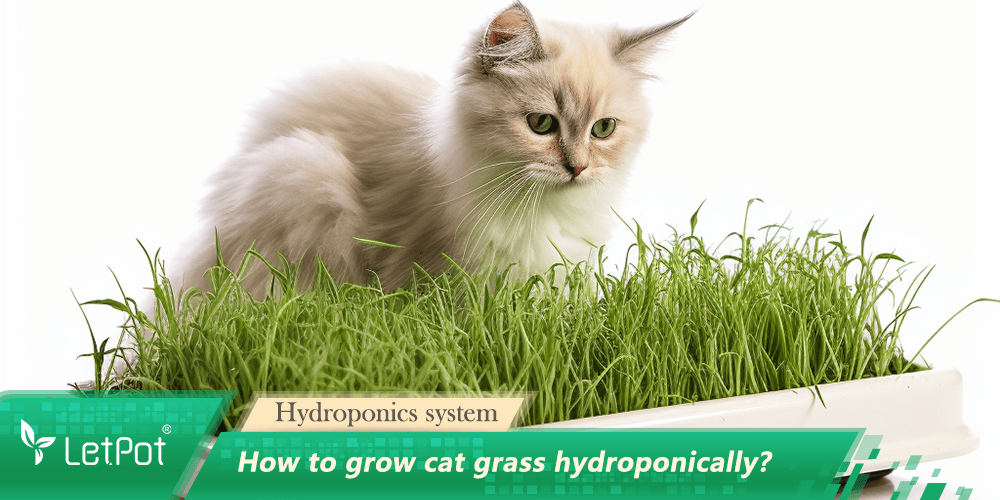
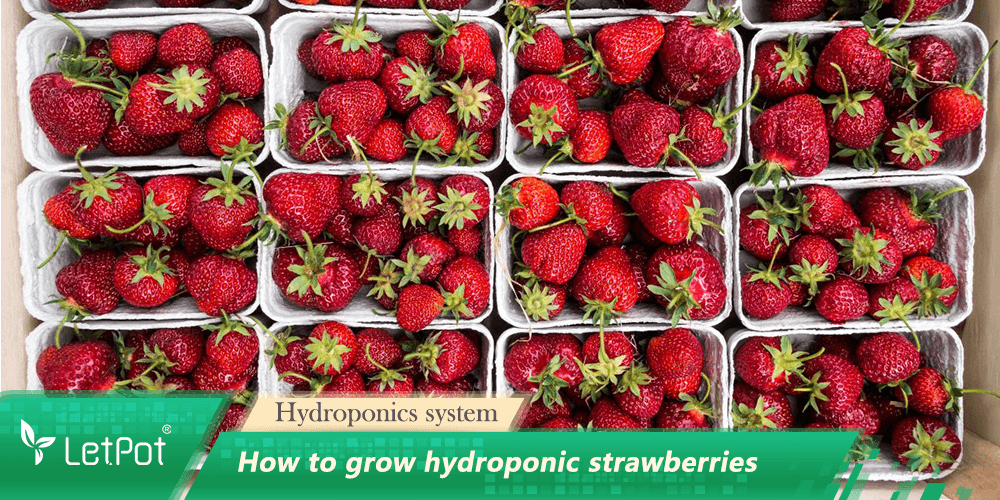
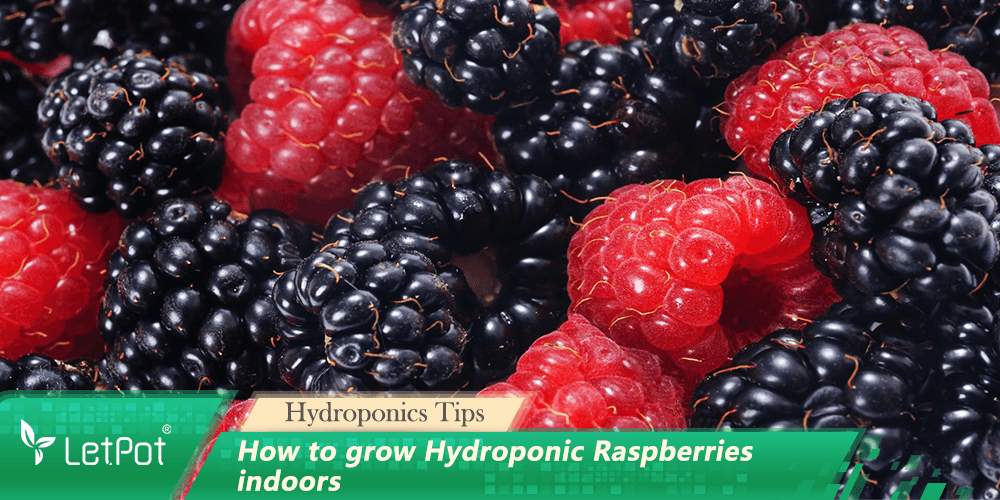
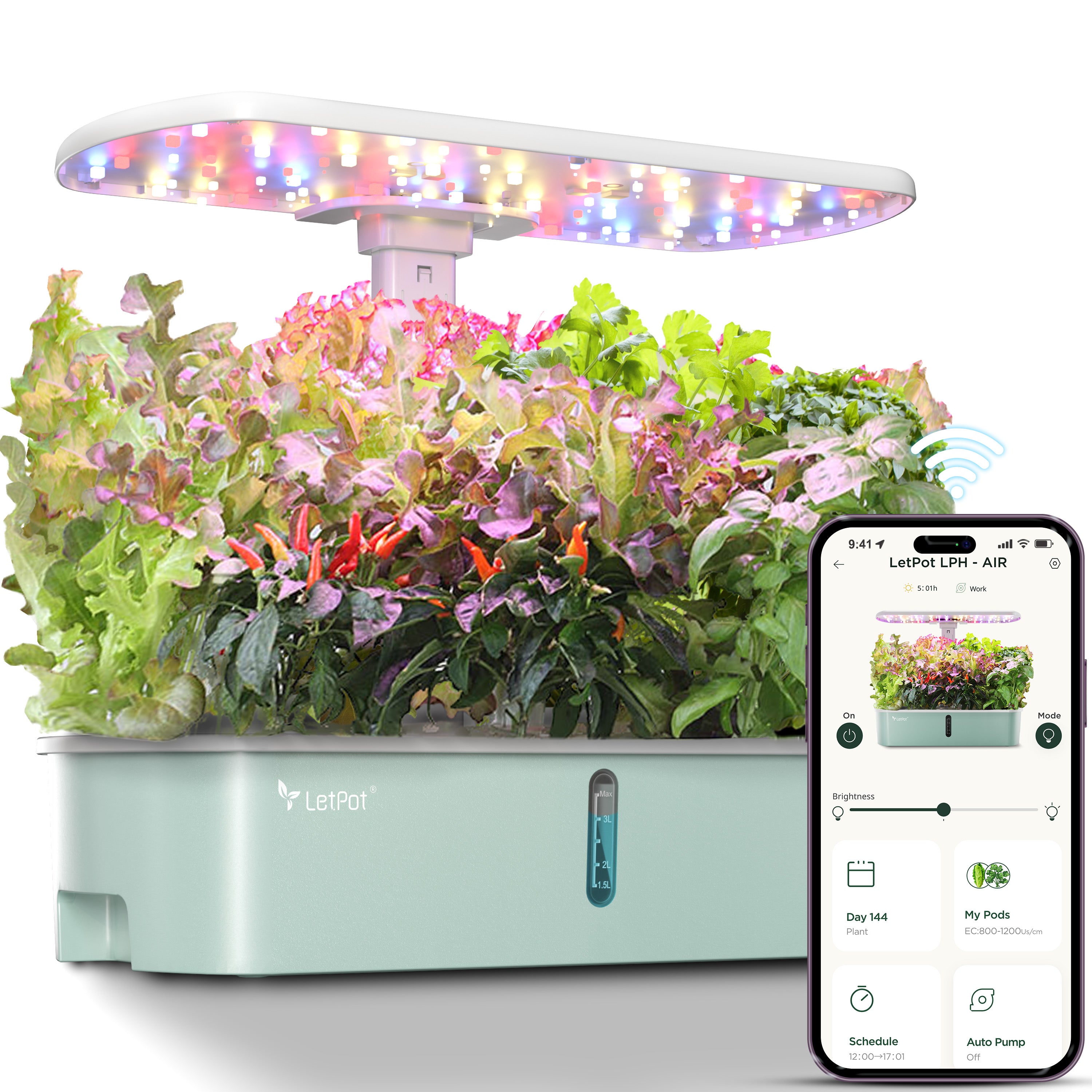
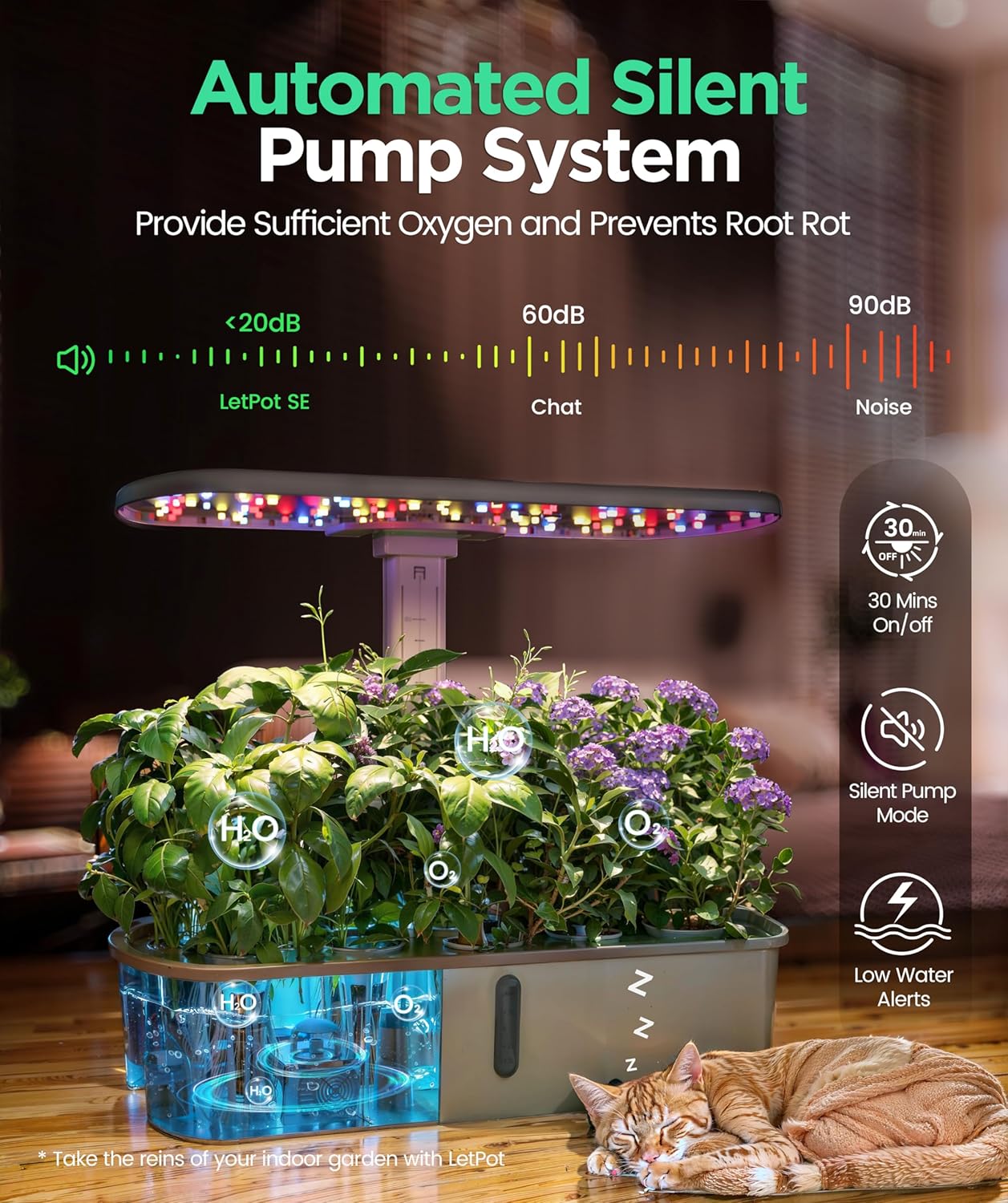

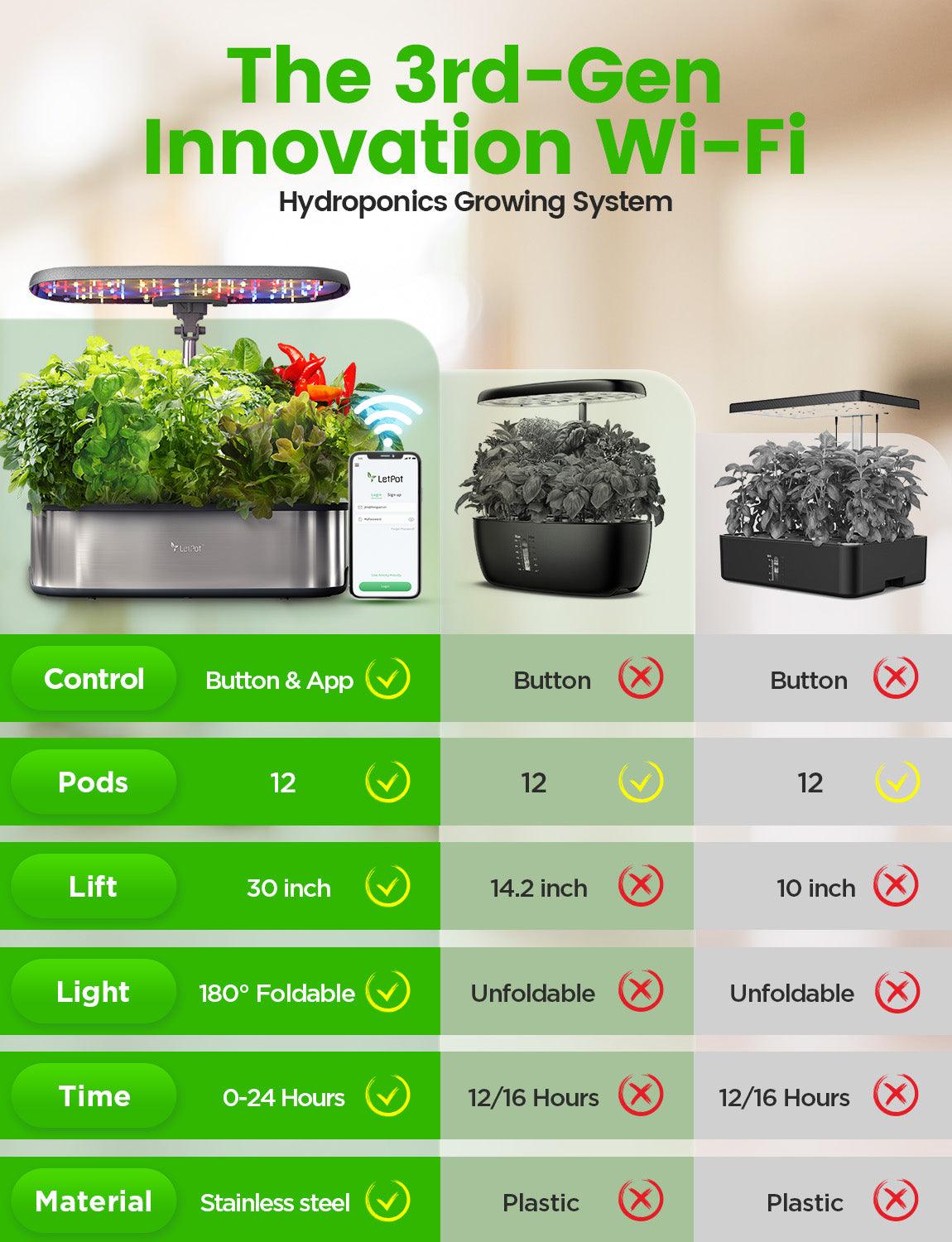
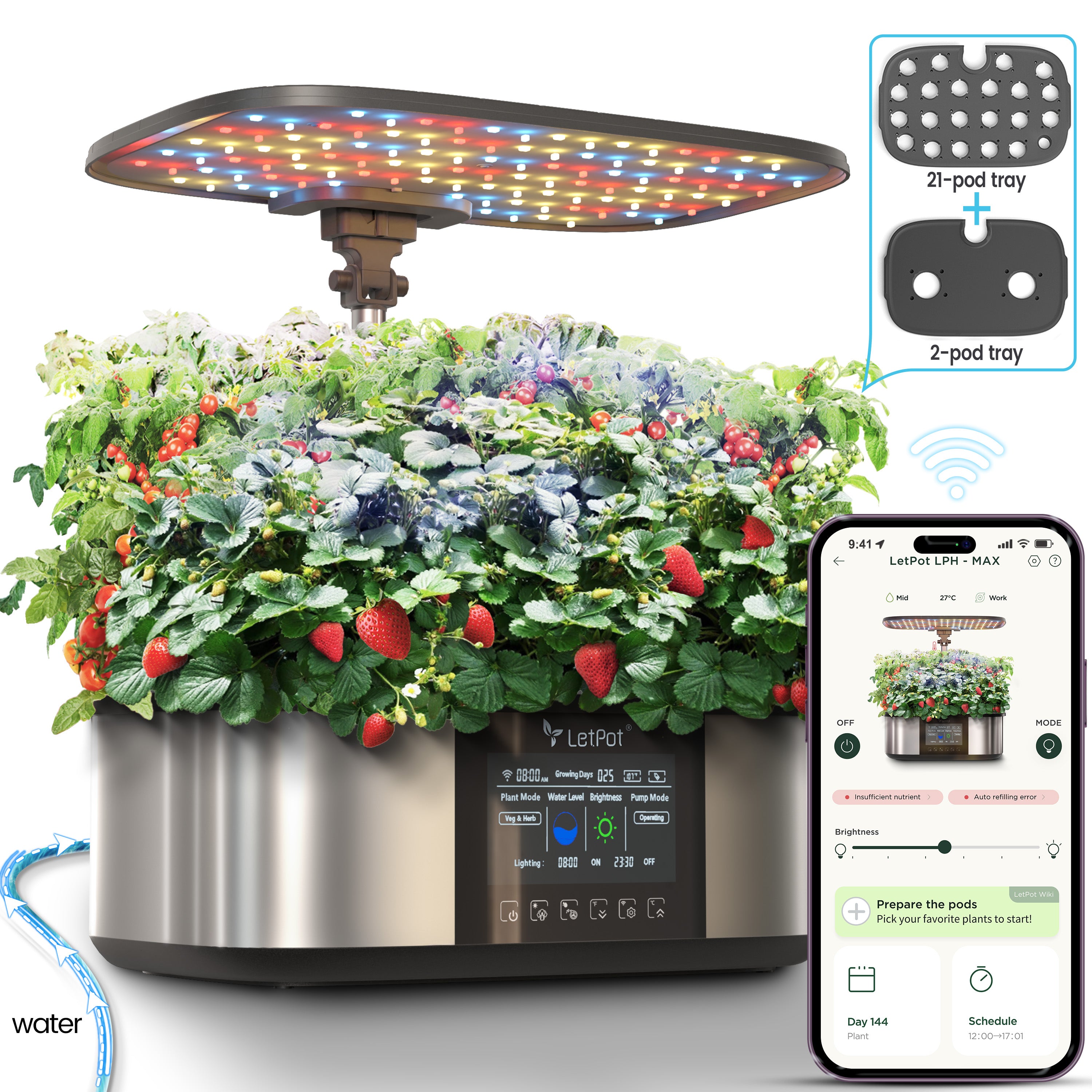
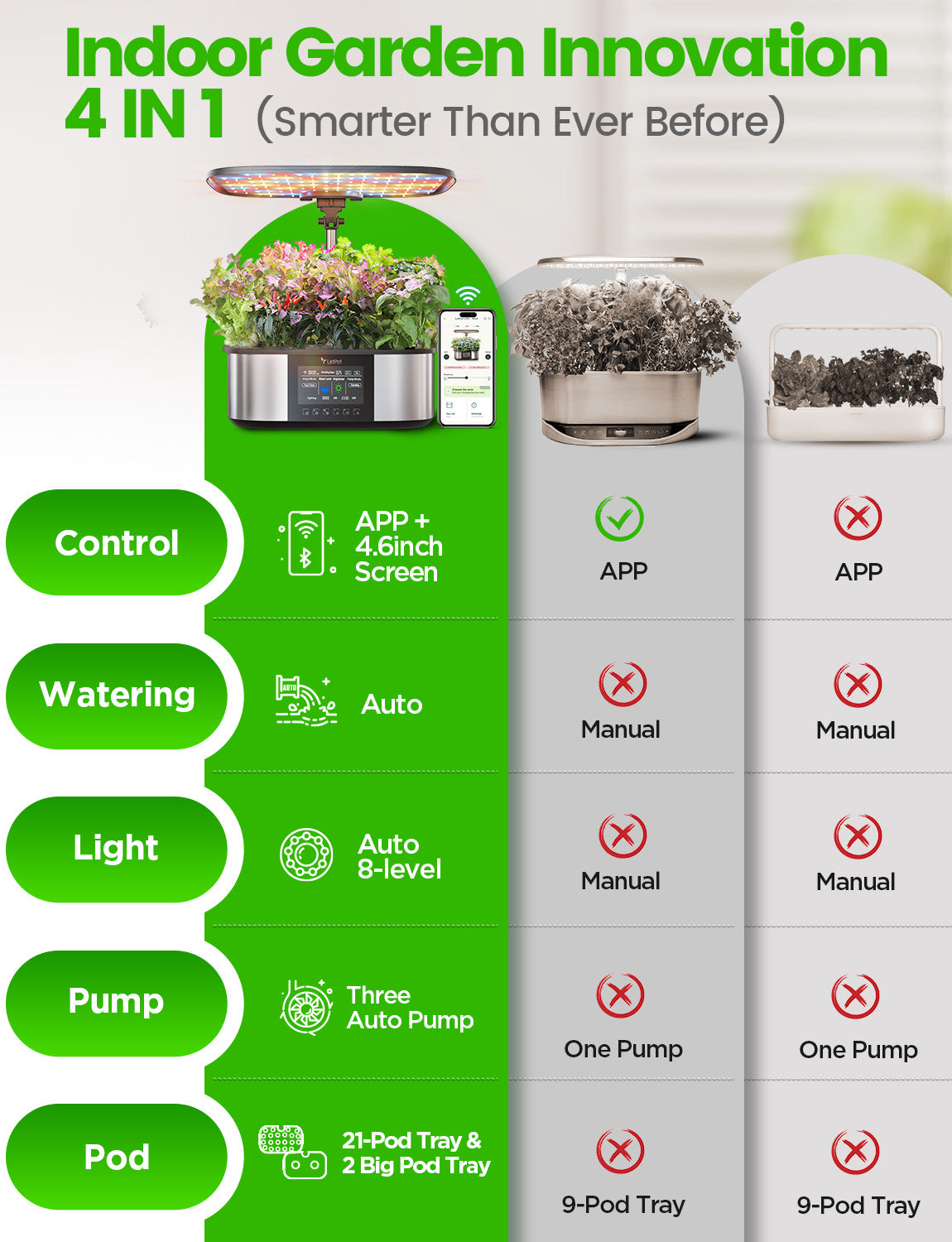
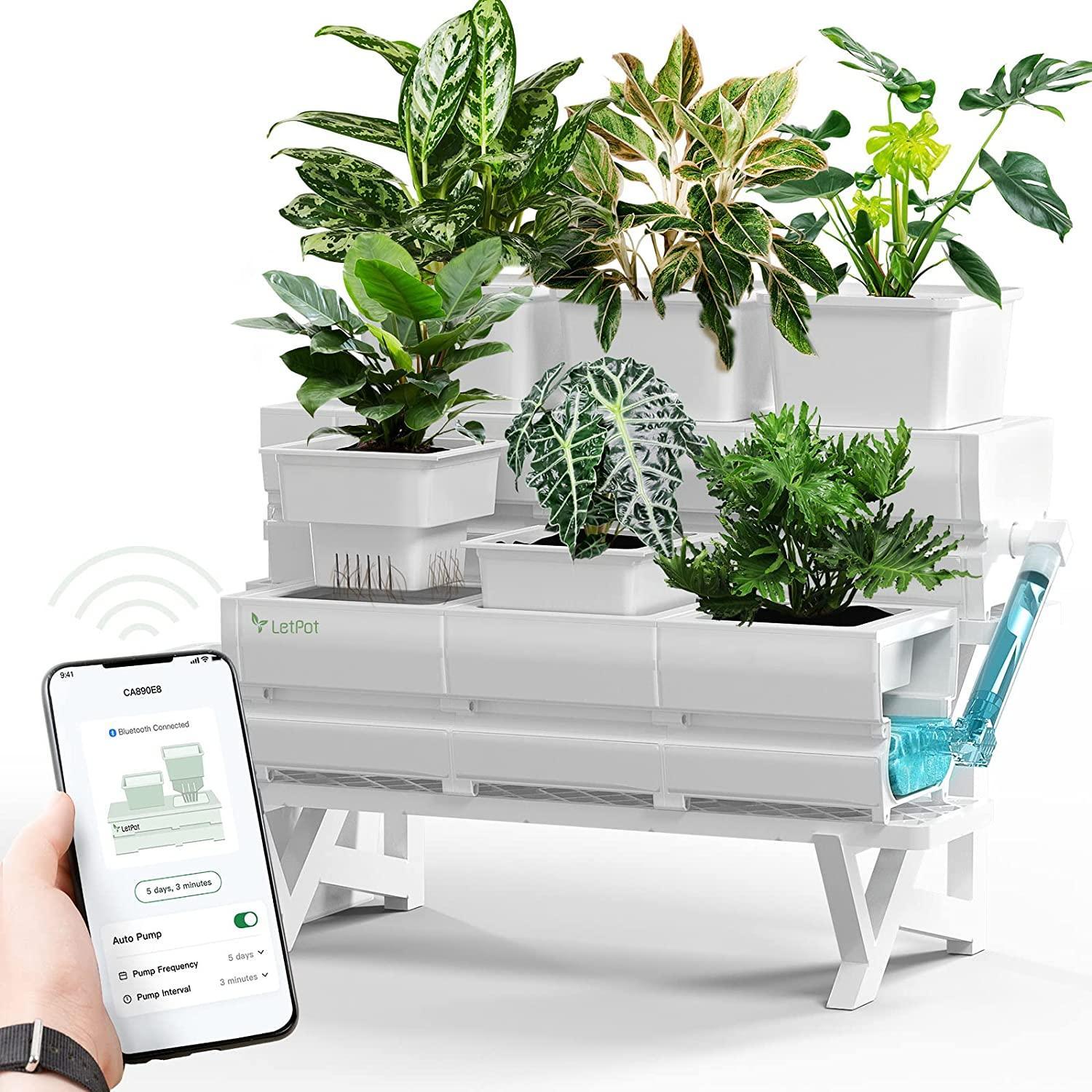
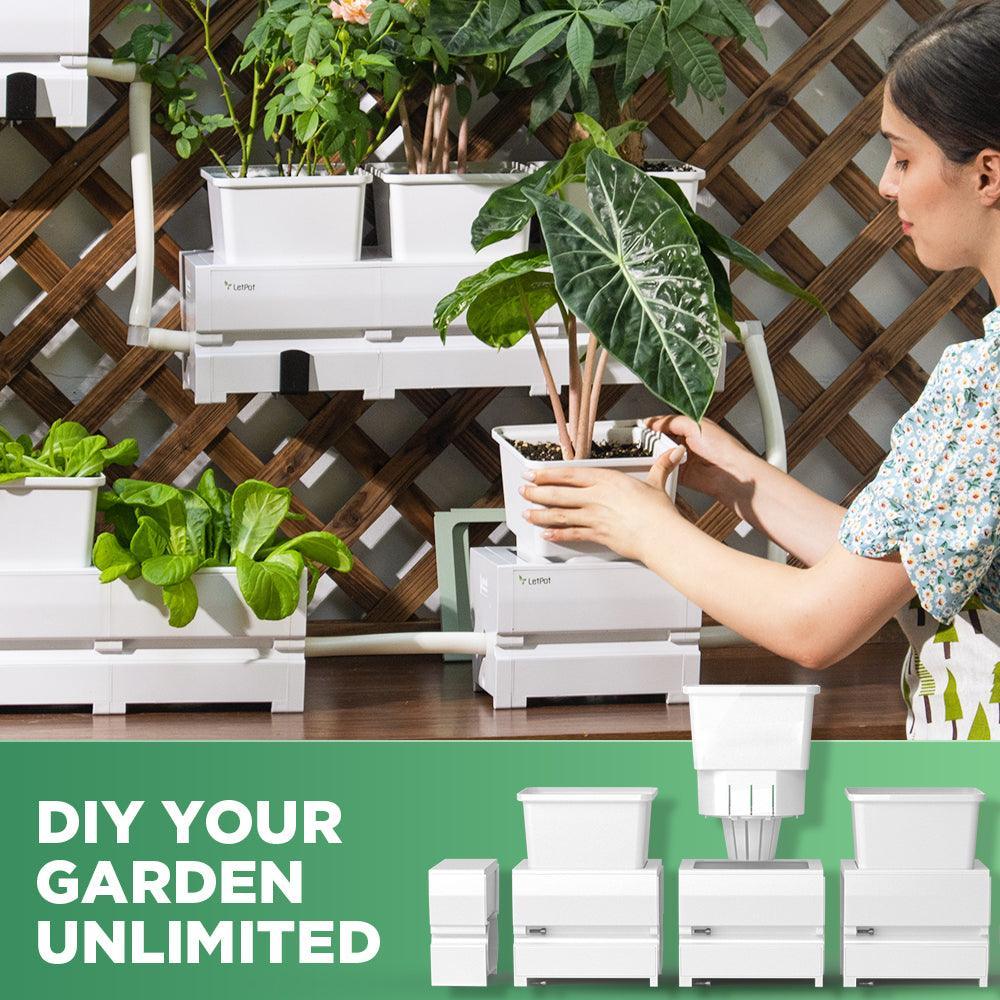
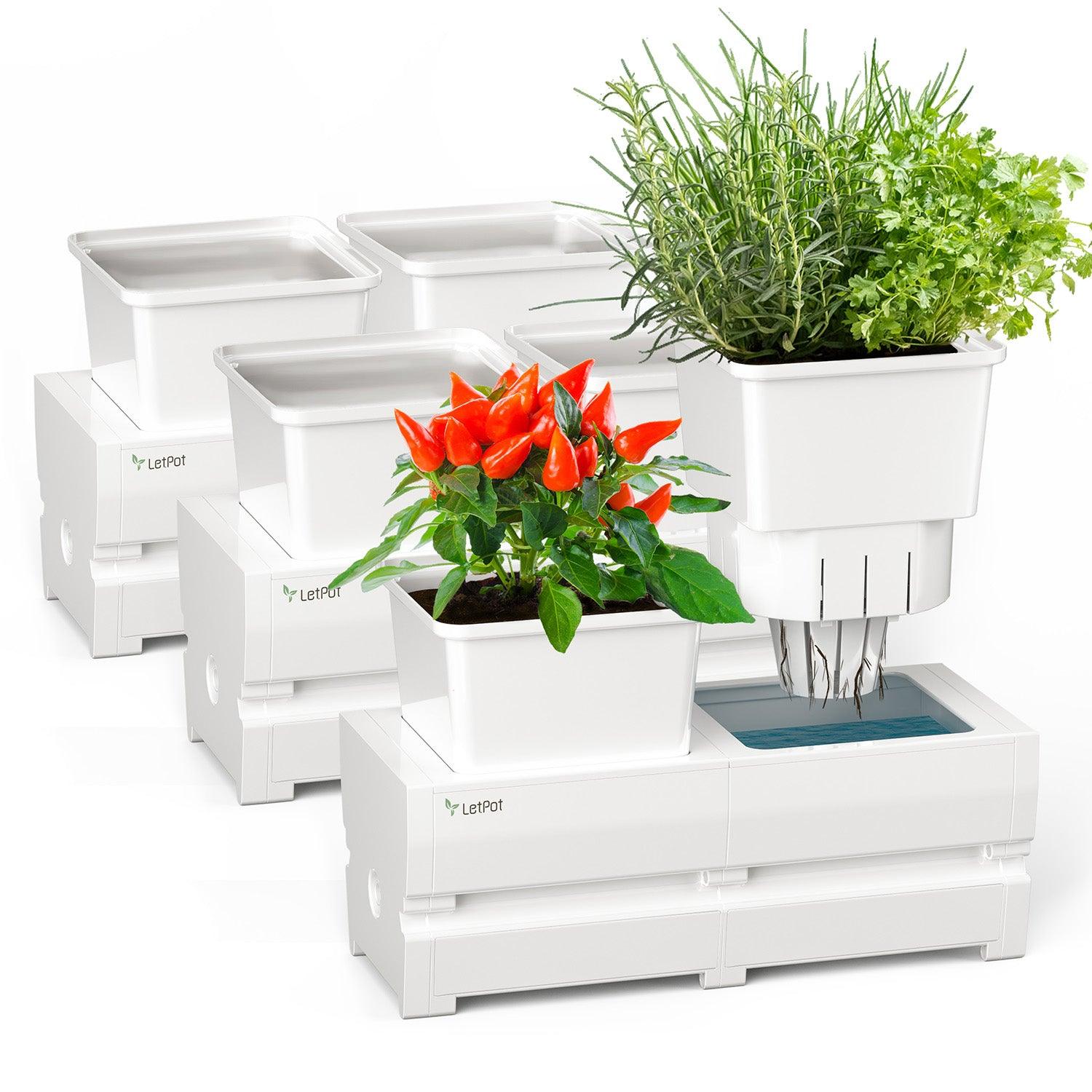

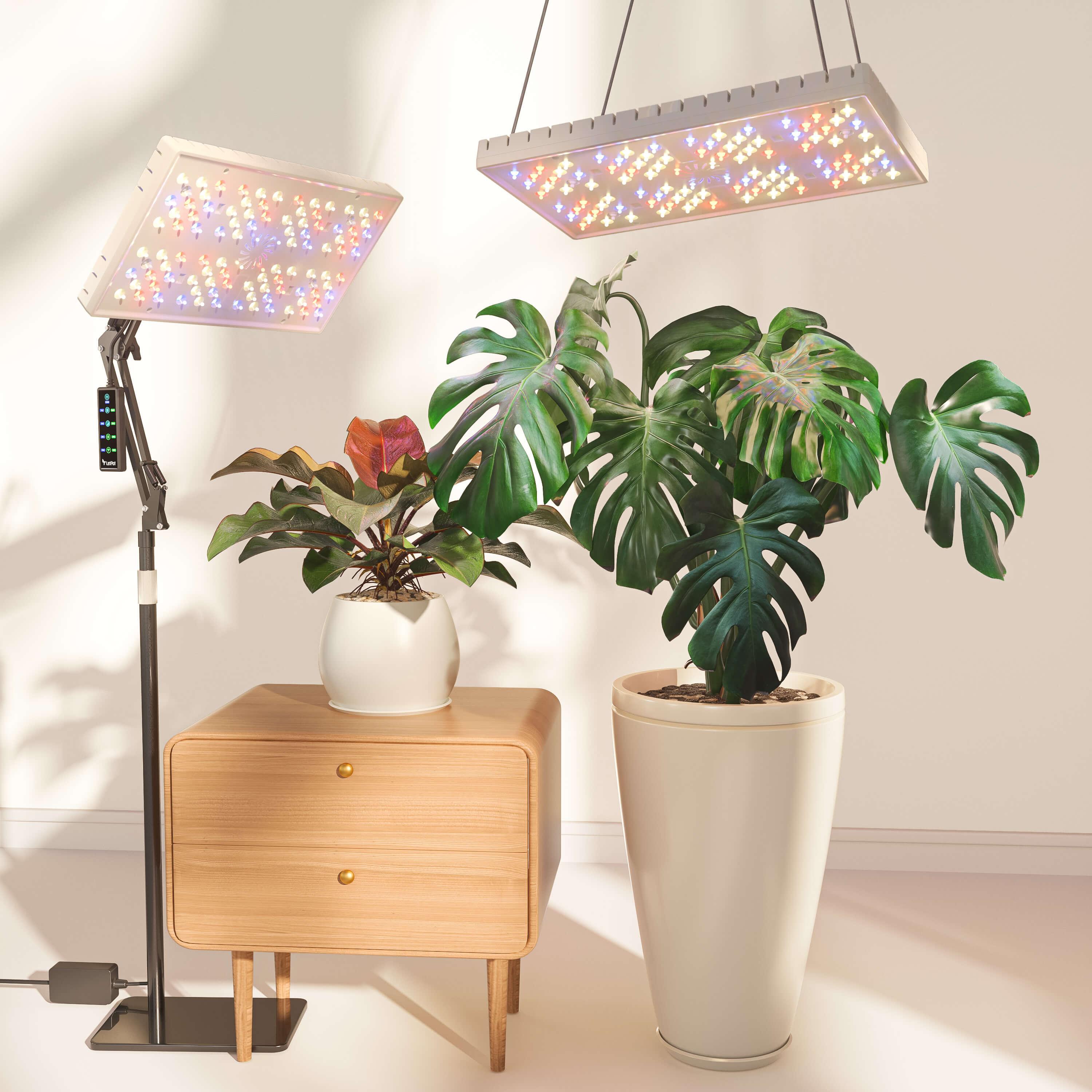


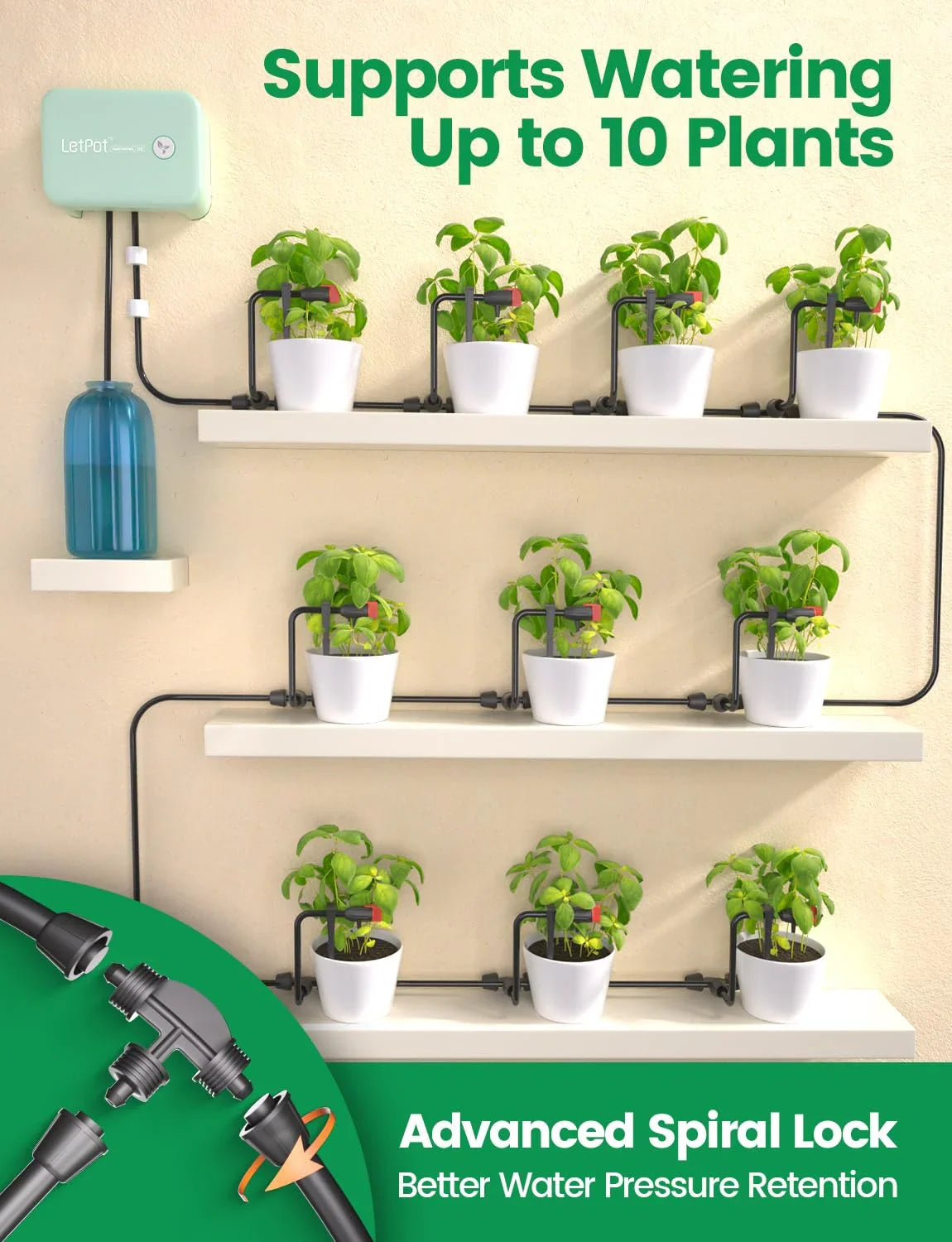
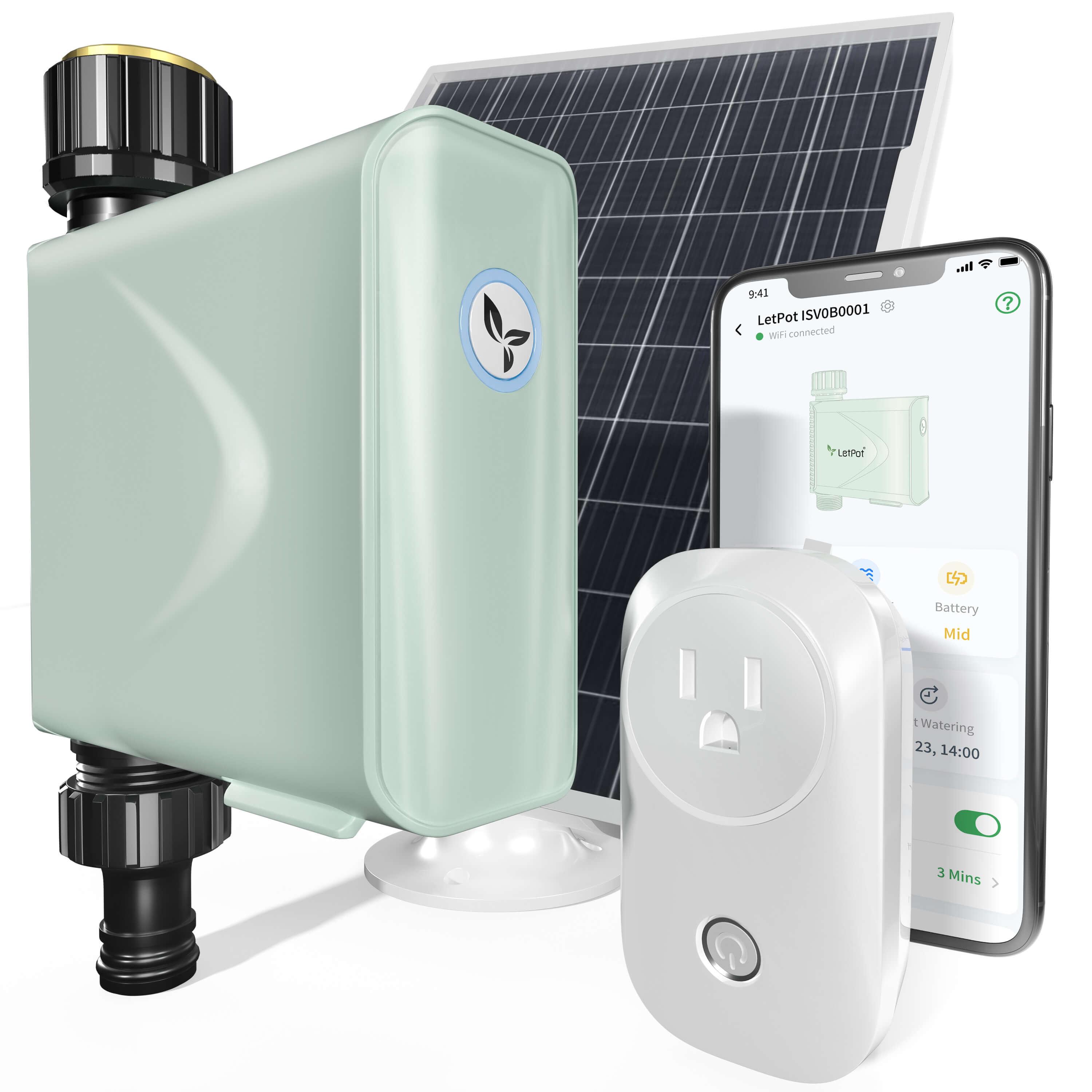
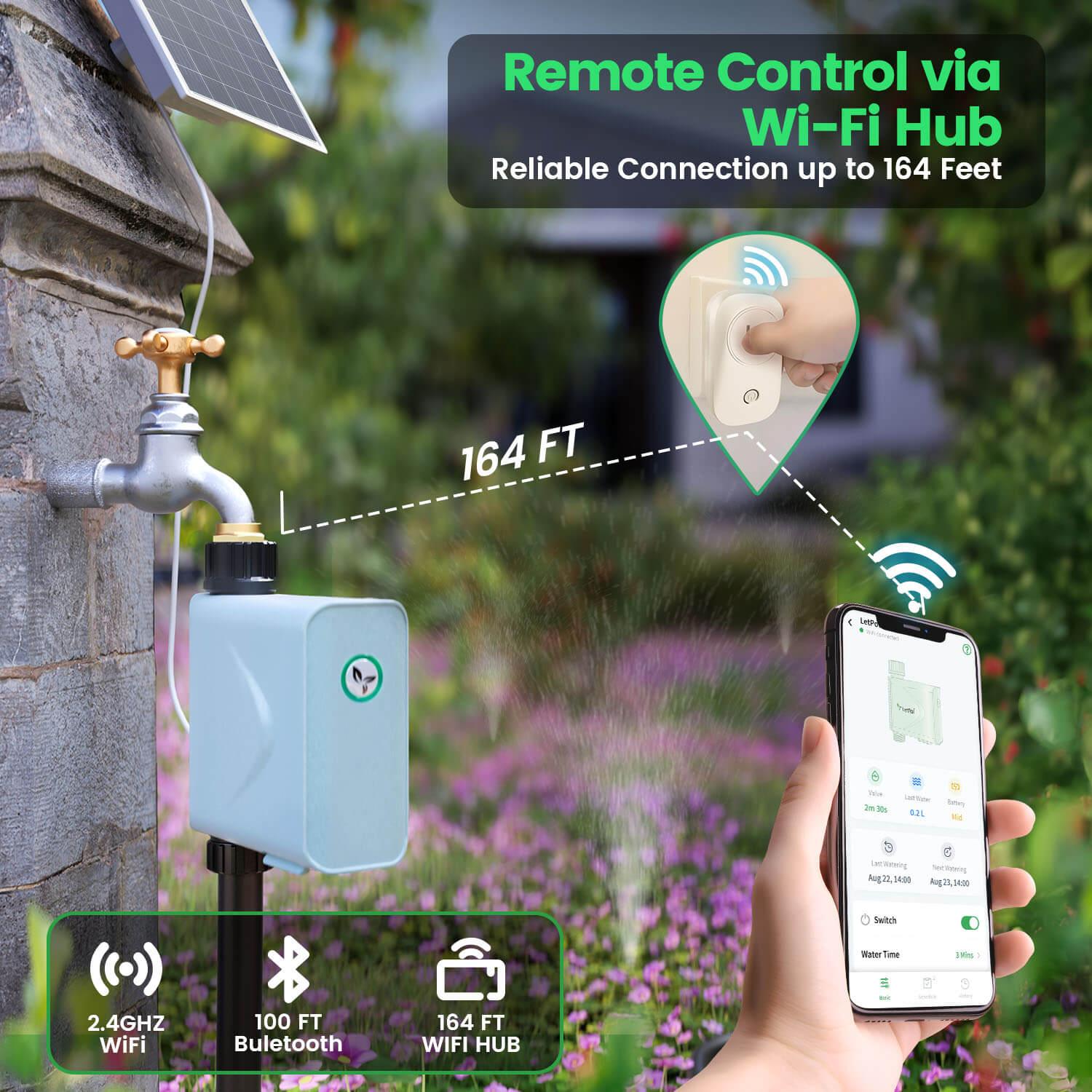

Leave a comment
All comments are moderated before being published.
This site is protected by hCaptcha and the hCaptcha Privacy Policy and Terms of Service apply.